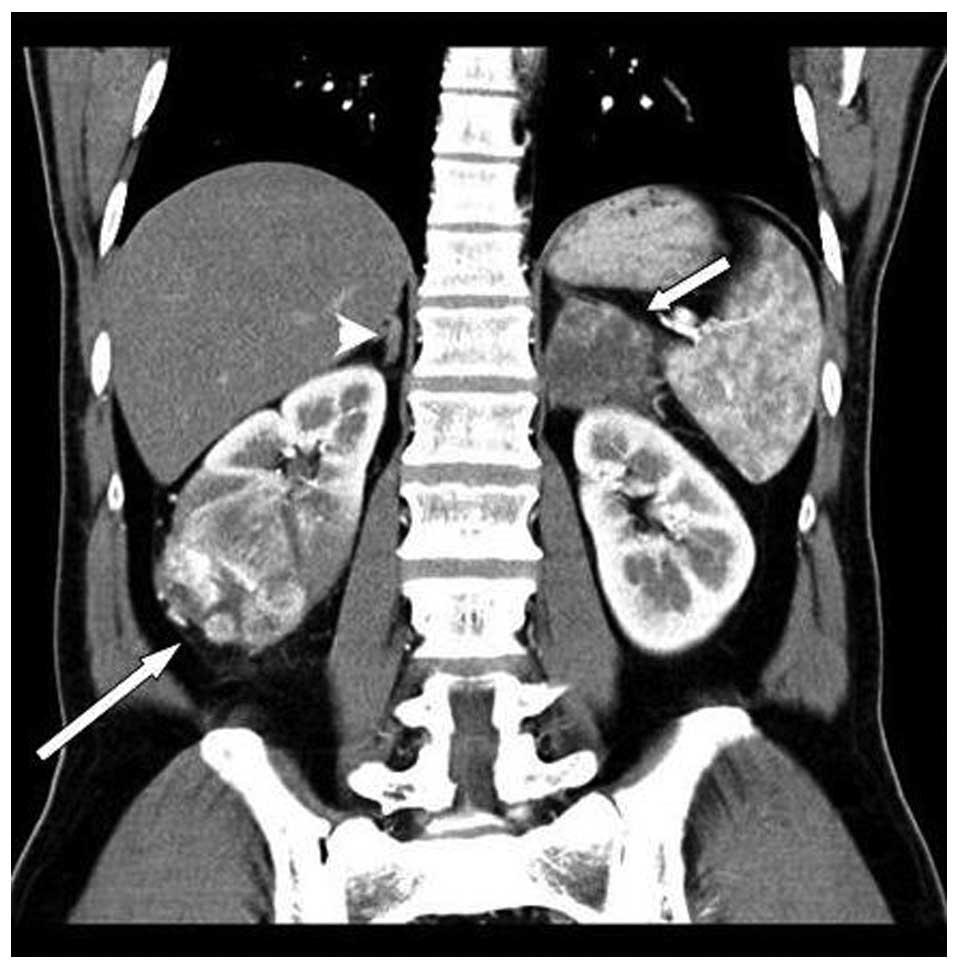


In adrenal Cushing's syndrome, excess cortisol is produced by adrenal gland tumors or hyperplastic adrenal glands. Your physician will perform a history and physical examination for symptoms and signs of excessive hormonal production, and order blood and urine tests to rule out overproduction of hormones by the incidentaloma. An adrenal incidentaloma is found in up to 5% of all people who are undergoing imaging studies for another medical condition. Most adrenal tumors do not produce hormones (non-functional) and are found incidentally on CT or MR imaging and therefore do not cause symptoms.

The Institute for Pediatric Urology Research Lab.Center for Male Reproductive Medicine and Microsurgery.Male Reproductive Medicine and Surgery Fellowship.Female Pelvic Medicine and Reconstructive Surgery Fellowship.Pediatric Kidney Health (Laparoscopic Nephrectomy).Neurogenic Bladder - Symptoms & Evaluation.

Urinary Incontinence - Treatment Options.Urinary Incontinence - Symptoms & Evaluation.Painful Bladder Syndrome/Interstitial Cystitis.Other times, adrenal tumors or adrenal cancer cause the adrenal gland to produce excess hormones, which can result in high blood pressure, headaches, heart palpitations, weight gain, fluid retention or excess hair growth in women. Sometimes adrenal tumors and adrenal cancer produce no symptoms, and they are not discovered until they become large and press on other organs in the body, causing pain or discomfort. Most adrenal tumors occur in the adrenal cortex. The adrenal gland has two parts – the outer part is the cortex and inner part is the medulla. They produce hormones, including sex hormones and cortisol, which causes changes in metabolism and helps you respond to stress. The adrenal glands are part of the endocrine system and are located just above the kidneys.


 0 kommentar(er)
0 kommentar(er)
